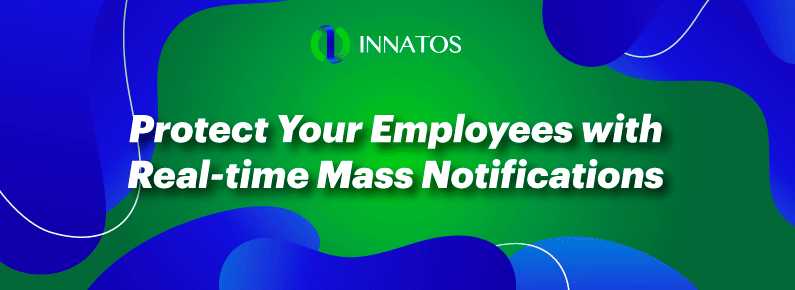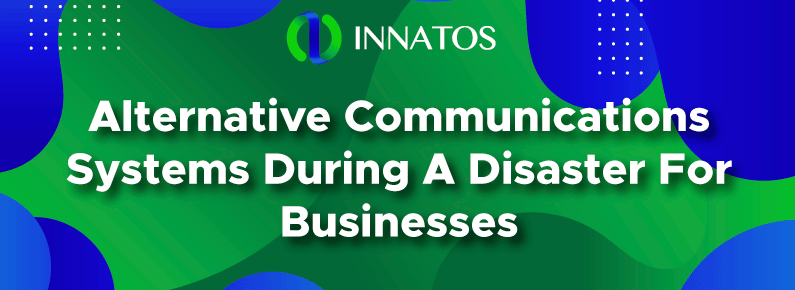Survey Your Employees about Your Emergency Plan
Survey Your Employees about Your Emergency Plan. No matter where your business is, we bet on the fact that you have legal obligations. To these, we can also add ethical and moral ones to ensure a safe workplace for your employees.
We can say that a workplace emergency can be “an unforeseen situation that threatens employees, customers, or the public”. It also “disrupts or shuts down your operations, or causes physical or environmental damage”. These are the words of the US Department of Labor Occupational Safety and Health Administration.
 Emergencies can show up in many ways. For example,
Emergencies can show up in many ways. For example,
- Fires
- Chemical spills
- Gas leaks
- Active shooters
- Terrorism attacks
- Natural and other man-made disasters.
On the other hand, these can also depend on the industry you work in. However, no matter your field, all your employees must be prepared for any situation. Only in this way will they be able to remain safe and sound. Nonetheless, they don’t know everything and may even grow scared. Because of this, you must provide training and teach them safety measures.
By creating an emergency plan, your employees will know exactly what to do. This includes the steps they need to take to be safe. For example, containment, evacuation procedures, or instructions on when and how to shelter-in-place.
What should your emergency plan cover?
Your emergency plan should cover off these important points:
- Protocols for employees to follow when reporting a workplace emergency
- Any evacuation measures. This includes routes, floor plans, maps, and assembly points.
- Protocols for sharing information about the emergency to employees
- A list of key emergency contacts. For example, floor wardens and first aid officers, their titles, and phone numbers.
- Any specific steps to follow before leaving the building to avoid further disaster. For example, turning off plant and equipment.
- Other specific safety information such as the location of fire extinguishers, fire blankets, safety masks, and instructions on how to use them.
Having an emergency plan is only the first step. However, if your staff doesn’t understand it or hasn’t read it, you may as well not have one at all.
A great way to figure out how well your employees understand your emergency plan is to create a survey. In it, you can ask them questions about it and see how they respond. By doing this, you can also figure out if you have employees with changing needs. If you do, take into account that they may have special evacuation needs. As a result, you must also have them in mind when creating your plan.
DeskAlerts is the perfect survey tool
 If you need to survey your workforce fast and easily, DeskAlerts is your friend. With it, you can send surveys, quizzes, and polls straight to your employees’ screens. As a result, you’ll be able to grab their attention at once and get results in real-time. Besides, it’s a more reliable method of communicating than email where your staff may miss or ignore your survey links.
If you need to survey your workforce fast and easily, DeskAlerts is your friend. With it, you can send surveys, quizzes, and polls straight to your employees’ screens. As a result, you’ll be able to grab their attention at once and get results in real-time. Besides, it’s a more reliable method of communicating than email where your staff may miss or ignore your survey links.
Once you know how much your staff understands about your emergency plan, you can start to build education and awareness programs around it. Then, you can send these through DeskAlerts as pop-up notifications either to your entire workforce or specific employees. Not only that but you can even target those audiences you know need extra information. This way you ensure that the information reaches everyone to be on the same page.
DeskAlerts can also double as an emergency alert notification tool. So, as you can see, this is a great all-around software app perfect for your company. Thanks to it, you’ll be able to meet all your emergency communication and training needs.









Leave a Reply
Want to join the discussion?Feel free to contribute!